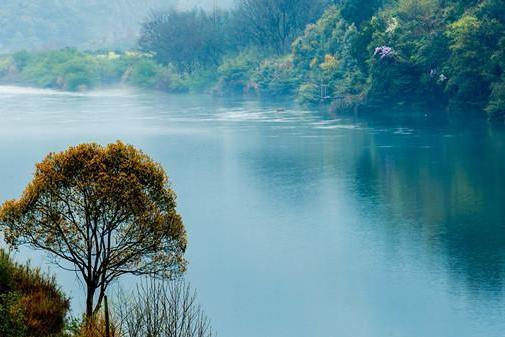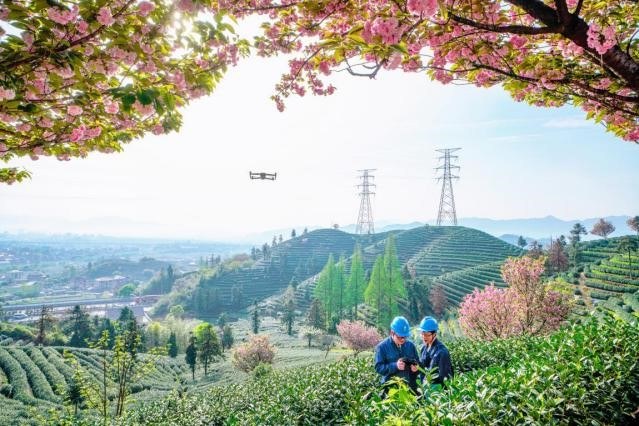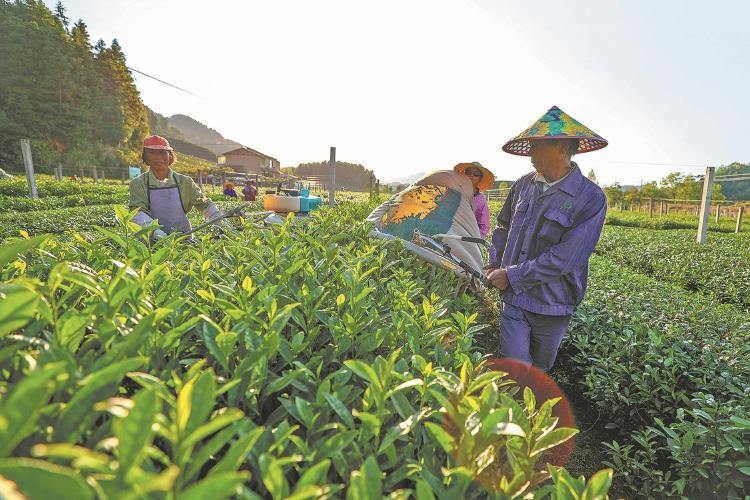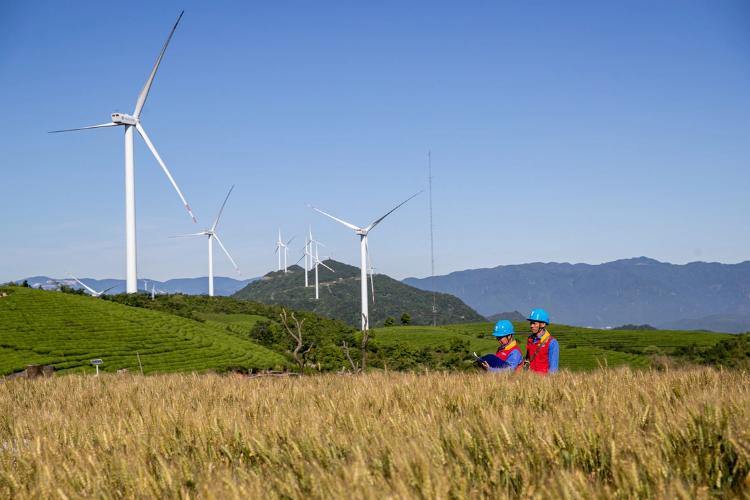Fangshan is located in the southeast of Qingtian, Zhejiang, surrounded by mountains. It has the typical topographical features of southern Zhejiang and is called "nine mountains, half water and half fields", which means that 90% of the land here is mountains, 5% of water resources, and 5% of farmland. Fangshan is an important agricultural cultural heritage site in the world and China, the hometown of Chinese field fish, and a national ecological township. There are more than 21,000 overseas Chinese from more than 120 countries around the world.
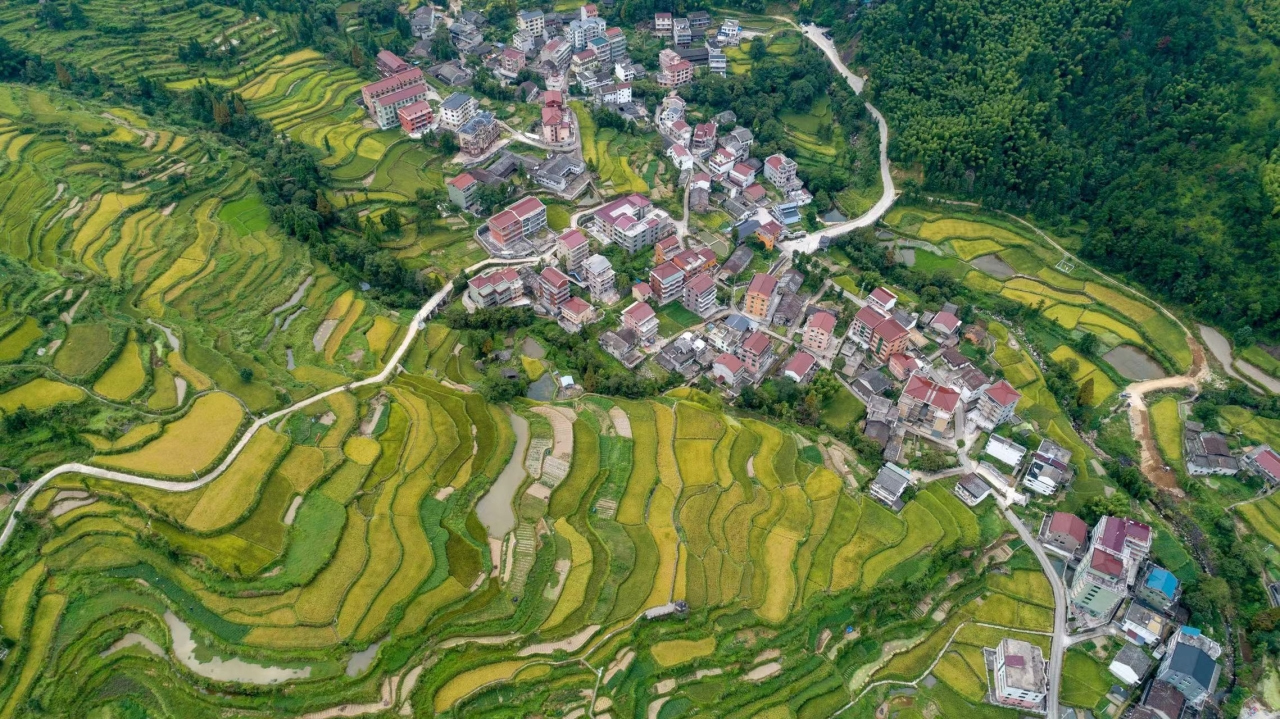
Fangshan Village Scenery. (Photo/ Qingtian, China)
Fangshan is the birthplace of agricultural heritage. In 2005, Fangshan's Rice-fish Culture System was selected as Asia's first and the world's first batch of Globally Important Agricultural Heritage Systems (GIAHS). At that time, Xi Jinping, the secretary of the Zhejiang Provincial Party Committee, instructed: "Pay attention to this only selected world agricultural heritage project, and do not let it be lost."

The first batch of GIAHS. (Photo/ Tan Qikuan)
"Growing rice in the fields, raising fish in the water where the rice is grown, and fertilizing the fields with fish manure", this environment where rice and fish grow together constitutes a unique agricultural system. Field fish grown in this system has become a regional agricultural product in China, and related fish products have been selected into the national ecological origin protection product list. The rice produced in this environment won the Gold Medal at the International Rice Festival.
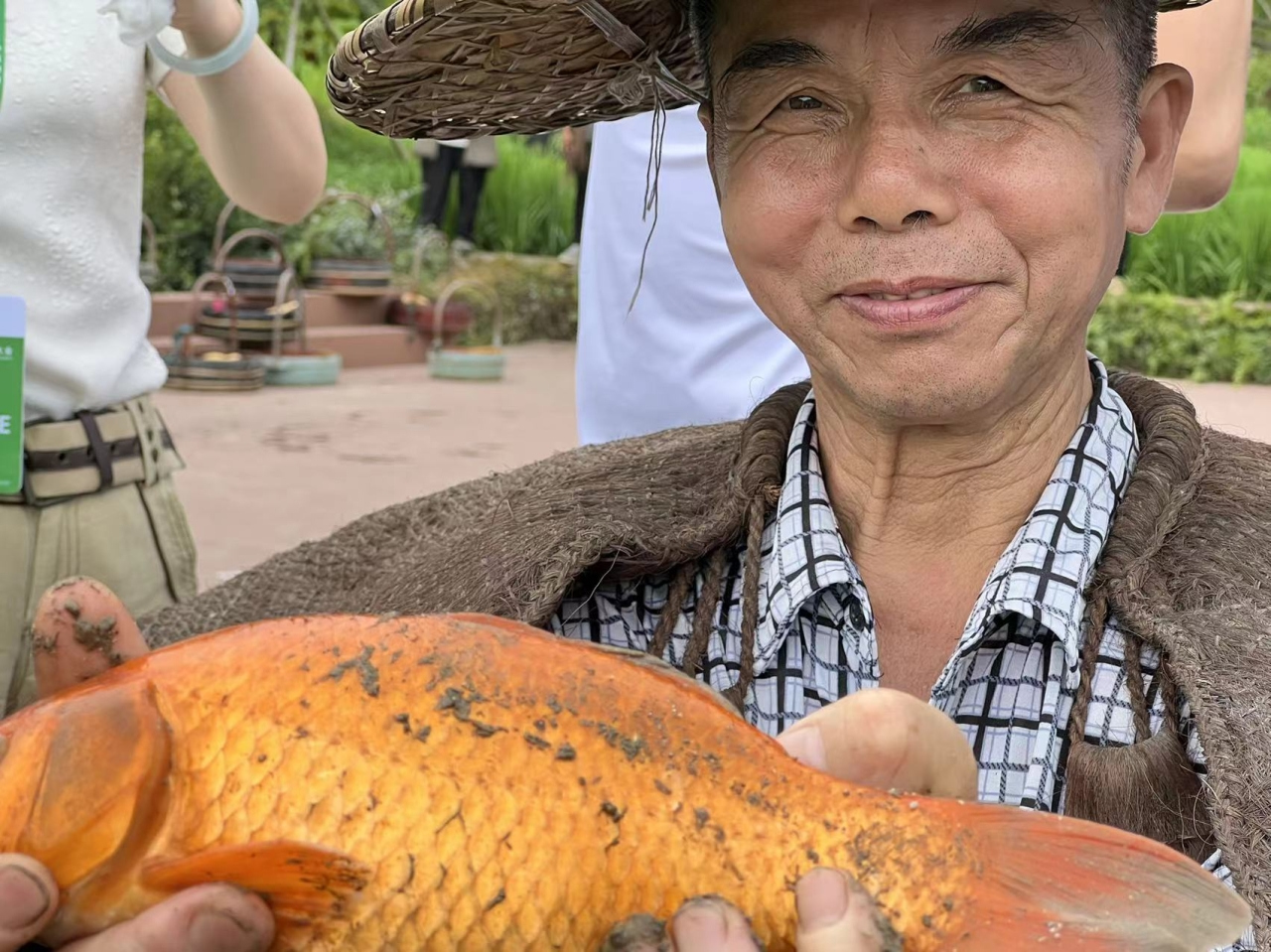
Local farmers catch the field fish. (Photo/ Tan Qikuan)
As the Director-General of the United Nations Food and Agriculture Organization, Graziano, said in 2016, the significance of protecting this project goes beyond agriculture itself. It brings a lot of job opportunities and drives local tourism. It sets a global model for the rational use of resources without damaging the environment.
Editor: Tan Qikuan
